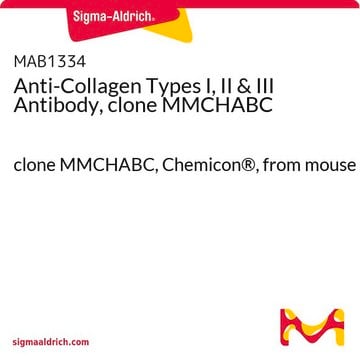00446
Universal Microbial Limit Test Membrane
white colored, sterile, diameter 70 mm, suitable for microbiology
Synonym(s):
Indicator membrane, ID Membranes
About This Item
Recommended Products
membrane size
70 mm
sterility
sterile
shelf life
limited shelf life, expiry date on the label
storage condition
protect from light
technique(s)
microbe id | specific enzyme detection: suitable
application(s)
clinical testing
cosmetics
environmental
food and beverages
pharmaceutical
microbiology
storage temp.
2-8°C
suitability
Bacillus spp.
Escherichia coli
Pseudomonas spp.
Salmonella spp.
Staphylococcus spp.
coliforms
Related Categories
General description
Application
Analysis Note
Storage Class Code
11 - Combustible Solids
WGK
WGK 3
Flash Point(F)
Not applicable
Flash Point(C)
Not applicable
Choose from one of the most recent versions:
Certificates of Analysis (COA)
Don't see the Right Version?
If you require a particular version, you can look up a specific certificate by the Lot or Batch number.
Already Own This Product?
Find documentation for the products that you have recently purchased in the Document Library.
Our team of scientists has experience in all areas of research including Life Science, Material Science, Chemical Synthesis, Chromatography, Analytical and many others.
Contact Technical Service







